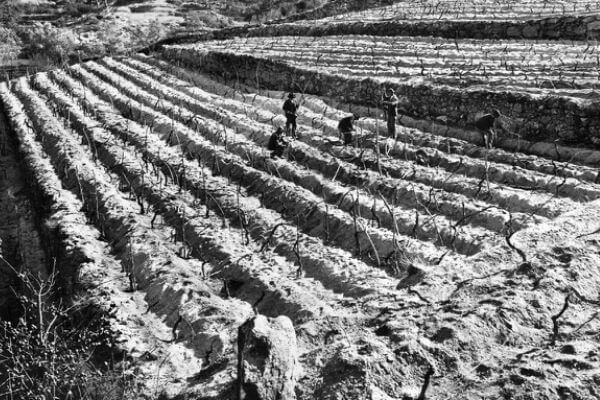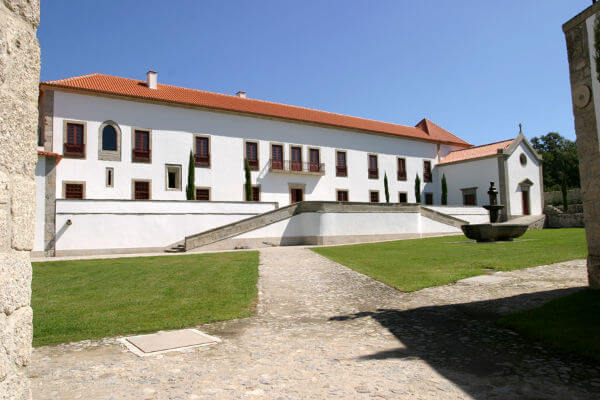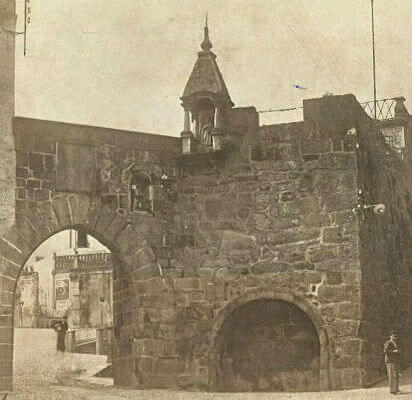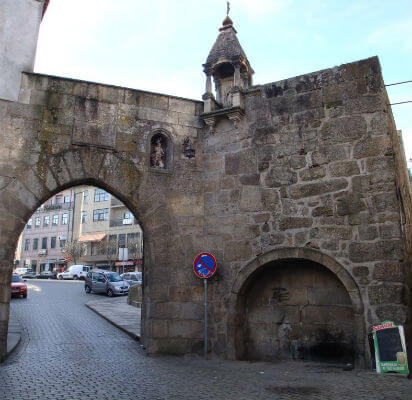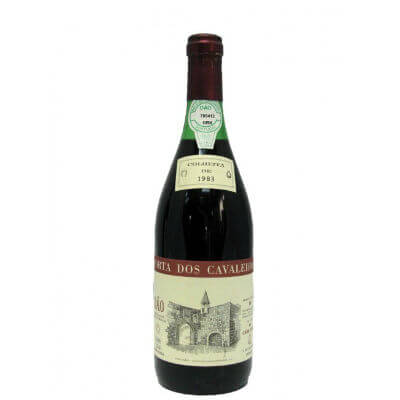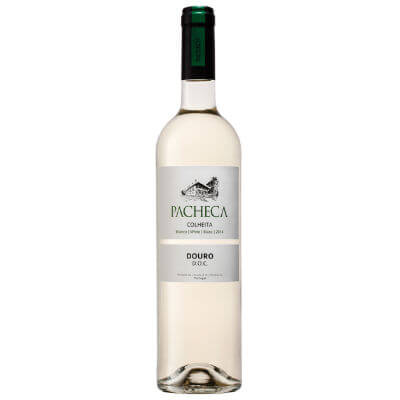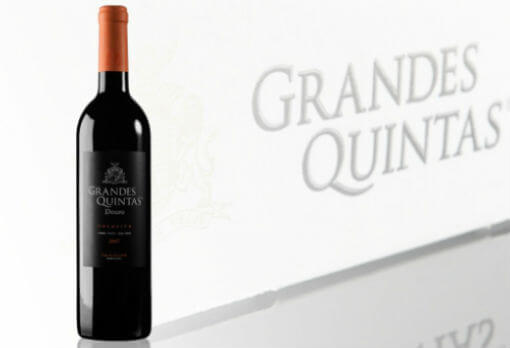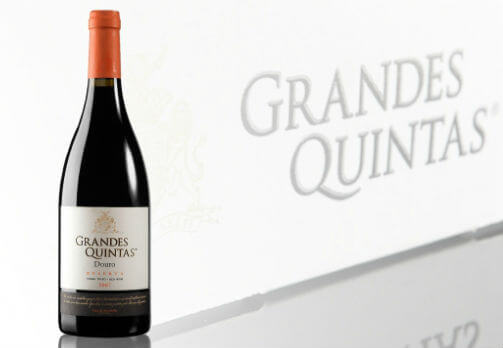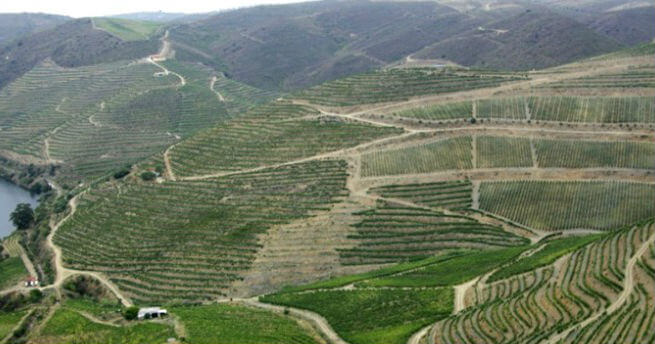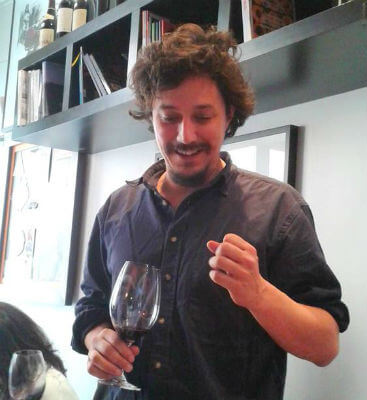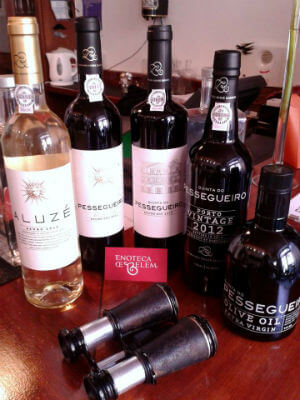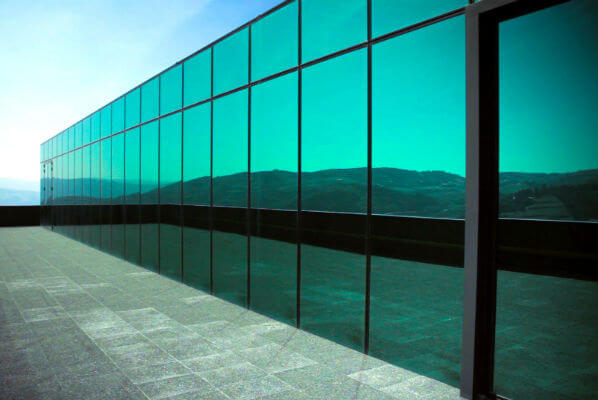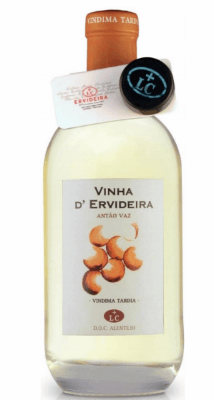I promise this is the end of my walk around Dão!
Text João Barbosa | Translation Jani Dunne
I had planned to write about only three Dão wines, but pulled by the current, I made an addition, because the region started off well, then weakened, and is currently (still) being reborn. I end where I wish I had begun.
Quality has improved, and it does justice to Nature and to human skills, because Dão is one of the best wine regions in Portugal. By listing the region’s virtues and ugliness, I will provide three examples that illustrate my thoughts exactly. Dão Sul, Sogrape and Casa de Mouraz. Any of the above knows that success and victories never happen by chance. One I describe in black and white, the other two in colour.
In colour: when, in 2004, I started working on the TV show “Da Terra Ao Mar” (From Earth to Sea) – on Sundays at 11am, RTP 2 – one of the first reports was about Casa de Mouraz. A young couple had recently moved from Lisbon to plow a vineyard biologically; these days, it’s biodynamic. They had 10 acres; today, Sara Dionísio and António Lopes Ribeiro operate in more areas of the country, their heart still set on Dão.
In black and white: Dão Sul (Global Wines) was founded in 1989 and the region’s rebirth owes much to that company after it replaced the region on the map. Their strategy consists in ensuring extraordinary quality and a pocket-friendly price.
Quinta de Cabriz gained popularity among the masses. Its overwhelming success marked the arrival of grapes from other lands of that area, and the brand became simply Cabriz. Quinta dos Grilos – gossip says another producer was running it, although it belonged to someone else – was used to create a competitive dynamic. Another popular case, although not as visible. Now, it’s simply called “Grilos” for the above reason.
Unfortunately, the quality in Cabriz and in Grilos decayed. To make a big amount, and do it well, is almost like making the cycle square – extremely hard. Casa de Santar, which was once a lot more popular, met the same fate. However, hiring oenologist Osvaldo Amado has yielded better results. On a side note: Cabriz vinegar is excellent!
Global Wines doesn’t make only low-end wines. Paço dos Cunhas de Santar and Pedro & Inês – the latter evokes the tragic love story involving Prince Dom Pedro, later Pedro I of Portugal, and Dona Inês de Castro – are some of the best in the region.
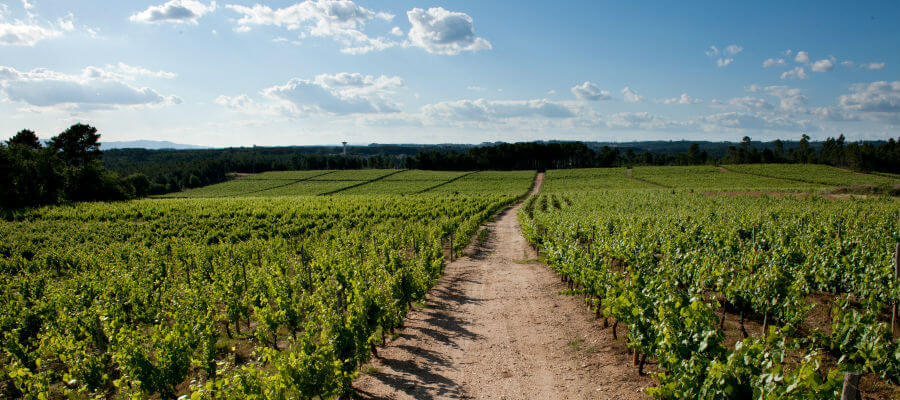
Quinta dos Carvalhais – Photo Provided by Sogrape Vinhos, SA | All Rights Reserved
The original purpose was to tell the story of three wines by Quinta dos Carvalhais, property of Sogrape. It’s the biggest Portuguese company in the sector – a multinational family business – and it doesn’t sleep on the job. It makes world-class wines in Dão, and has created three “individuals”. Personality and, in a local term, terroir.
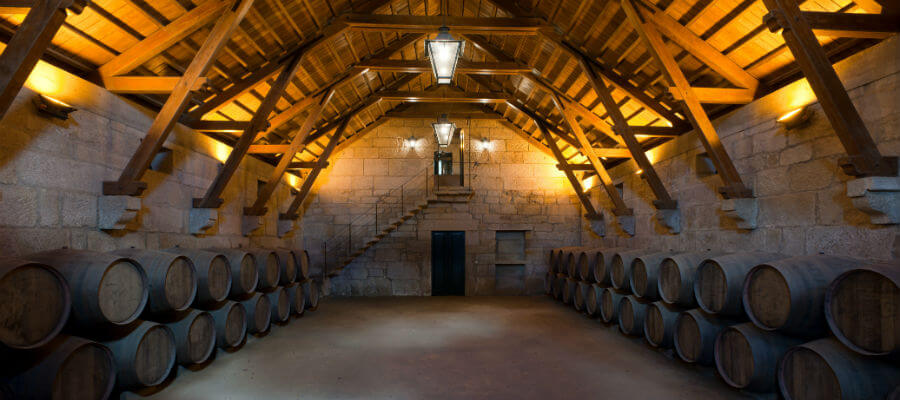
Quinta de Carvalhais – Photo Provided by Sogrape Vinhos, SA | All Rights Reserved
Touriga Nacional comes from Dão, and that regional variation offers a scent of violets. Lacking the aromatic caricature – a growing exaggeration in the region lately – its character proves quite polite. Quinta dos Carvalhais Touriga Nacional 2012 is educational; it truly expresses the variety and elegance that made its birthplace famous.
The yellowish nectar doesn’t fall far from the above; it results from the flashiest variety of that area – very refreshing and mineral. Quinta dos Carvalhais Encruzado 2013 will also educate on what a variety is and on what best Dão has to offer.

Quinta dos Carvalhais Encruzado 2013 – Photo Provided by Sogrape Vinhos, SA | All Rights Reserved
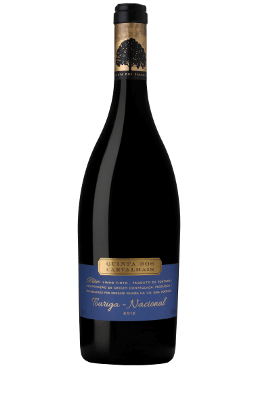
Quinta dos Carvalhais Touriga Nacional 2012 – Photo Provided by Sogrape Vinhos, SA | All Rights Reserved

Quinta dos Carvalhais Reserva Red 2010 – Photo Provided by Sogrape Vinhos, SA | All Rights Reserved
Portugal has a rule that wines must result from a blend of several varieties; however, the company website doesn’t reveal which varieties colour the wine. Quinta dos Carvalhais Reserva Red 2010 gathers the true character of the Dão region.
They feature something hard to find nowadays: longevity. They were made to last, but can be drunk immediately. Given the years ahead of them… buy a few bottles, drink some and save the rest. Make notes to compare and remember.



